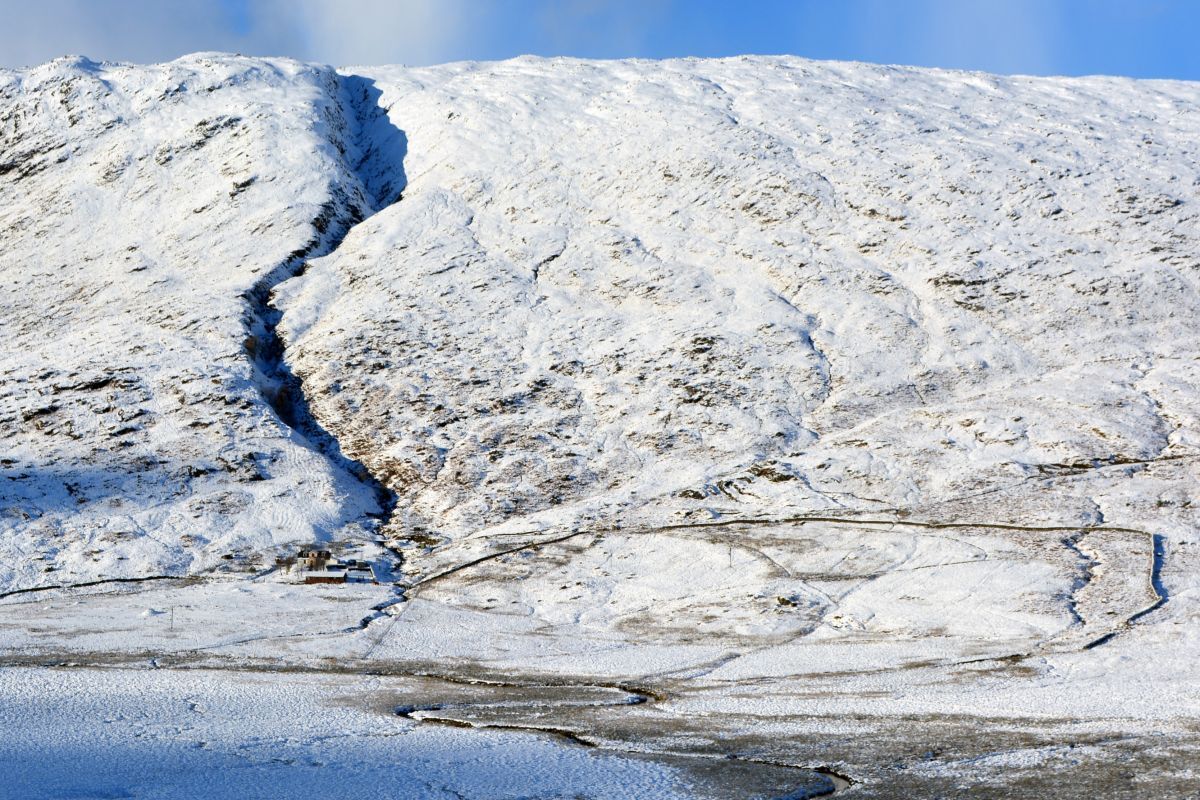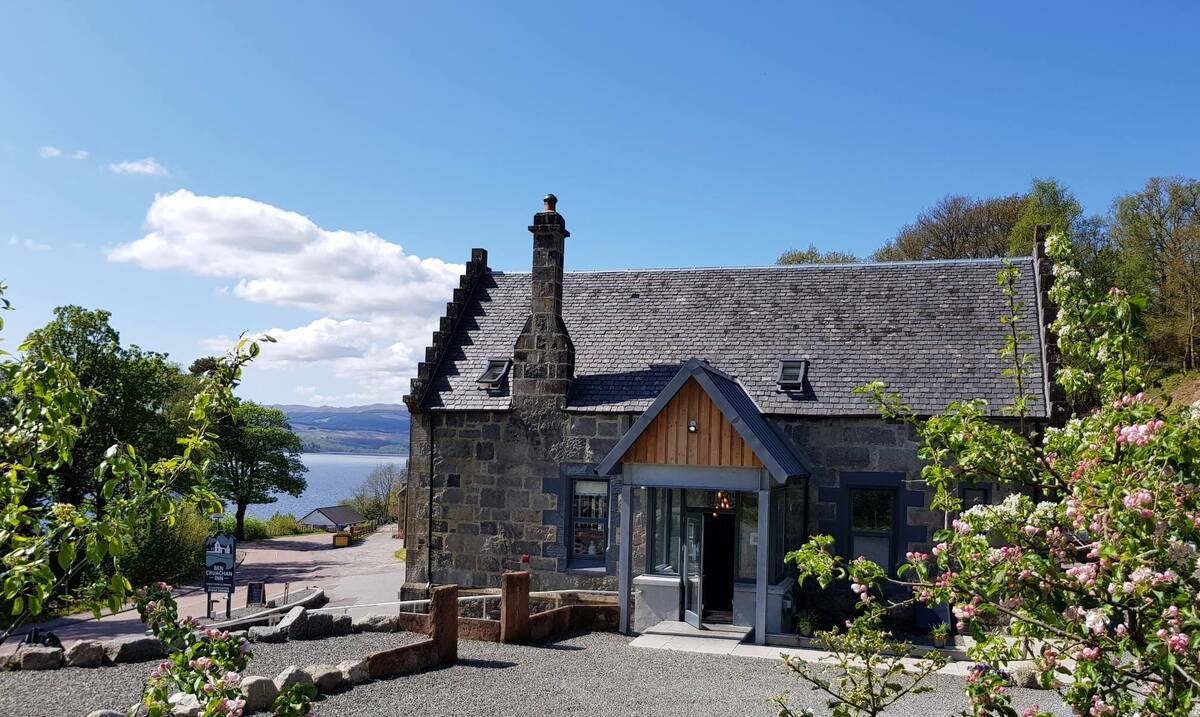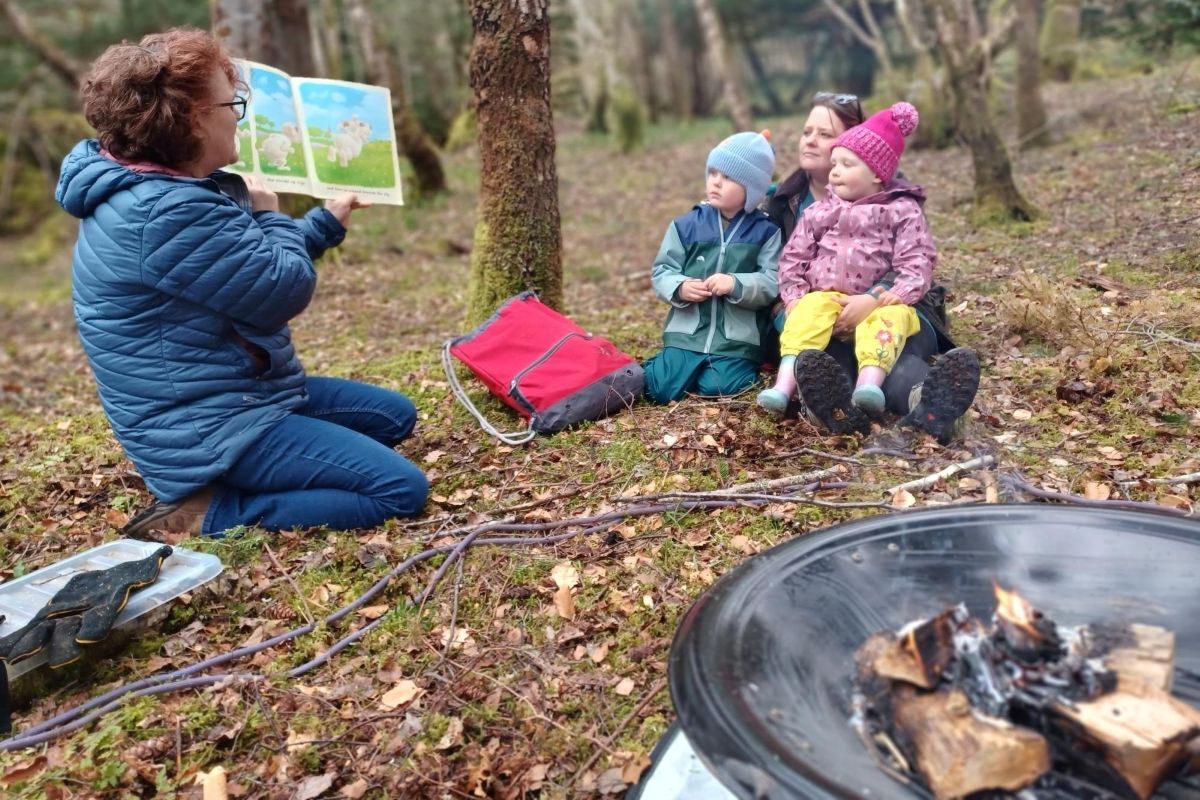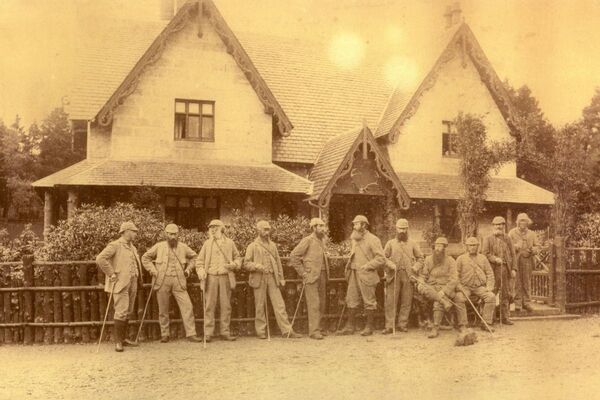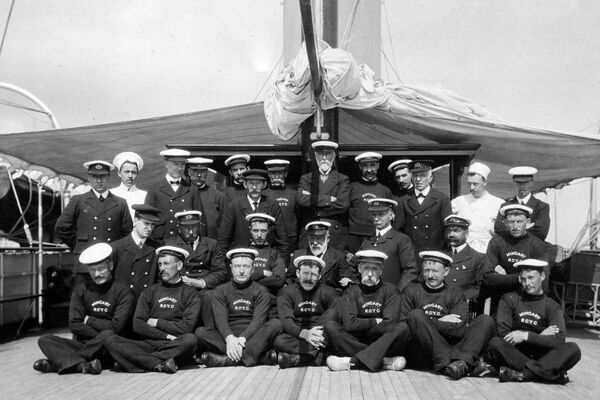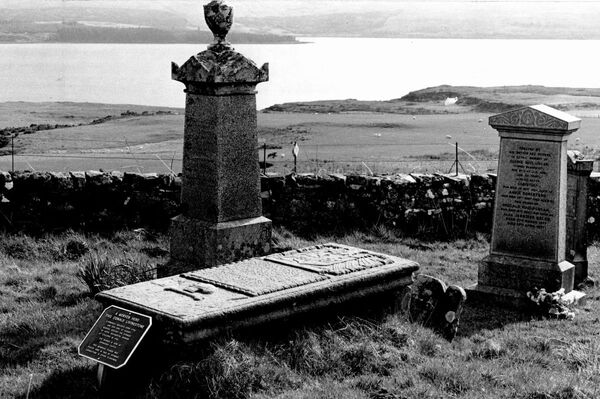“The rowans will be red in Lochaber"
Oh rowan tree, oh rowan tree
Thou’lt aya be dear to thee
Entwined thou art wi’ many ties
O’hame and infancy
Thy leaves were aye the first of spring
Thy flowers the summer’s pride
There was nae sic a bonnie tree
In a’ the country side
Oh rowan tree
Caroline Oliphant, Lady Nairne (1766-1845).
You wouldn’t need to be a forester or be the least interested in trees to have noticed the sheer volume of bright red berries on the rowans by roadside, brae and burn this year – the best seen in many years.
An older generation used to maintain that a heavy crop in late August or early September indicated a hard winter to come but, unless someone can produce any scientific proof of this, I would say it has more to do with the warmth, light and dryness of the preceding spring and summer.
Popular on account of the beauty of its flowers, leaves and fruit, and as graceful as any of our native trees, the rowan is one of our favourites.
Trees of various heights and girth can be found in gardens and parks but look best in remote places, high on dry hills and steep-sided ravines, or in the heart of a thick forest, or by the side of a purling burn.
The rowan is the clan badge of the Malcolms and Maclachlans of Argyll.
The rowan has an easy grace and airy lightness that makes it pleasing to the eye wherever it is found. Another name for it is mountain ash, and although it flourishes in mountain habitats, it is no relation of the ash.
The rowan belongs to the rose family but is actually a member of the apple’s genus; Pyrus aucuparia is its scientific names. It has five sepals, five petals and a large number of stamens. The petals are of a fine creamy-white colour and the flowers are sweetly-scented. The fruits look like tiny, bright, orange-red apples, and are especially attractive to birds. About September, when the leaves are still on the trees, the berries ripen but are soon devoured by hordes of fieldfares, hooded crows, ravens, red-wings, pine martins and other fruit-eaters. The birds are unable to digest the seeds within each fruit, and these are, therefore excreted, often far from the tree on which they grew. Distribution is thus ensured.
As for the name of the tree, ‘rowan’ may be derived from the same root as ‘rune’ referring to the fact that it was on this tree that runes, or charms, were inscribed, while its twigs were cut and used to ward off evil spirits. A third name is ‘quicken’, referring to the movement of its leaves shaking in a breeze.
Fans of otter enthusiast Gavin Maxwell will recall the incident in his famous memoir, Ring of Bright Water, when, following a row, his companion Raine ran out of the house to a nearby rowan tree. Grasping it with both hands and weeping, she cried out, ‘Let Gavin suffer in this place as I am suffering now!’
In Celtic mythology rowan trees possess magical properties, traditionally planted to ward off evil spirits. Maxwell took it to be a curse and called her a witch. He was later to blame her and the curse for the tragedy and misfortune that was to befall him, which readers of his popular book will be all too familiar with.
Although we live in an age of plastic, steel, concrete and a world of Twitter and mischievous Facebook, I have hardly met anyone who does not know that it is very bad luck to cut down a rowan tree. The old Highlanders believed that good or bad luck is connected with various trees, none more so than the rowan.
Its Gaelic name is caoran or fuinnseach coille, ‘the wood enchantress’ and was considered to offer the best protection. Consequently, it was planted close to houses and huts, even those far up mountain glens, still marking the spot of old shielings. Fishing boats had a piece of rowan fastened to the yard arm to ensure safe passage and a small twig was tied to a cow’s tail as a charm against witchcraft.
Its fruit was supposed to bring about longevity and increased the proof of another kind of spirit. To guard against ghosts a piece of a rowan tree was shaped into a cross with red thread and inserted between the lining and the cloth of a garment and, according to an old saying, as long as it lasted, ‘neither ghost nor witch shall ever interfere with you.’ A similar arrangement was laid over the threshold of byres and attached to barn lintel -stones.
Many of these old customs have long since disappeared, but eating rowan berry jelly with venison is as popular today as it was centuries ago.

The following is taken from an old family recipe.
“Gather the berries when almost ripe. Remove the stalks and wash and drain the berries. Put them in a preserving-pan with enough cold water to float them well. Simmer them for about 40 minutes, or until the water is red and the berries are quite soft. Strain off the juice, being careful not to press the fruit.
“Measure the juice and return it to the pan. Add sugar in the proportion of a pound to each pint of juice. Boil rapidly for half an hour or until a sample sets on a plate when cold. Skim well, pour into small jars, and quickly seal.
“If you allow pound for pound of apple juice to rowan juice you will get a fine jelly. Allow a pound of sugar to each pint of apple juice.
“Rowan jelly is also a fine accompaniment to grouse and saddle of mutton and venison.
“To clarify sugar; to every pound take a quarter-pint of water and the half of the white of an egg beat up. Stir this till the sugar dissolves and when it boils add another quarter pint of cold water to each pound. Let it boil, edging the pan forward from the heat till all the scum comes to the surface.
“Remove from the heat source and when it has settled remove the scum with a sugar skimmer. Put in a sieve over a dish. When full return the drained sugar into the pan and boil and skim the whole thing again.”
Once, in Paris, years after the failure of the 1745 Rising, Prince Charles Edward Stewart and clan chief Cluny Macpherson, whose lives had been broken on the same wheel of fortune, met to talk over the Jacobite defeat at Culloden.
They sat in silence for much of the time, the thoughts of both alike, straying to the country where they first met. Suddenly the Prince said in a low voice: “It is September, the rowans should be red in Lochaber.” Leaning heavily in his chair, staring vacantly into the distance he whispered: “Ah, the Highlands!” .
Sign up to our daily Newsletter
Permission Statement
Yes! I would like to be sent emails from West Coast Today
I understand that my personal information will not be shared with any third parties, and will only be used to provide me with useful targeted articles as indicated.
I'm also aware that I can un-subscribe at any point either from each email notification or on My Account screen.

